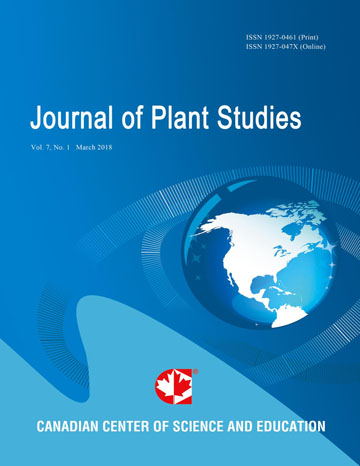Xylem Development and Xylem Conductivity of Furrowed Xylem in Stem Terminals of Five Species of Aristolochia (Aristolochiaceae)
- Lance S. Evans
- Maya Carvalho-Evans
Abstract
Xylem cells are responsible for water transport and mechanical support in most plants. Since vines depend upon other plants for mechanical support, the main responsibility of xylem cells in vines is primarily water transport and not mechanical support. The purpose of the current study was to study xylem characteristics in stems of five species of Aristolochia. Tissue samples from about 1.0 to 5.5 mm in diameter were processed with standard histological techniques. Anatomical characteristics were similar among all five species. Results show: (1) interfascicular cambia were not present, so stems had only furrowed xylem, (2) numbers of vascular bundles in stems were specific for each species and did not increase as stems enlarged, (3) radii of vessels were not dimorphic for any species, (4) numbers of vessels were linearly related with stem diameters, and (5) the largest half of all vessels supplied 95% of total xylem conductivity. To our knowledge, this is the first publication to document the development of furrowed xylem, describing both vessel characteristics and xylem conductivities in stems of Aristolochia species.
- Full Text:
 PDF
PDF
- DOI:10.5539/jps.v12n1p12
Index
- AGRICOLA
- CAB Abstracts
- CABI
- CAS (American Chemical Society)
- CNKI Scholar
- Elektronische Zeitschriftenbibliothek (EZB)
- Excellence in Research for Australia (ERA)
- Google Scholar
- JournalTOCs
- Mendeley
- Open policy finder
- Scilit
- Standard Periodical Directory
- Technische Informationsbibliothek (TIB)
- WorldCat
Contact
- Joan LeeEditorial Assistant
- jps@ccsenet.org
